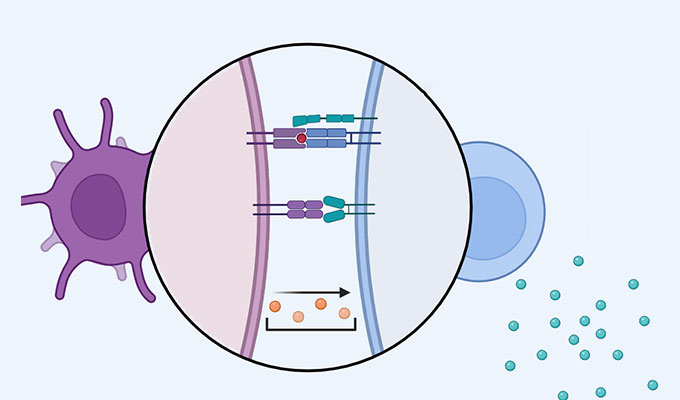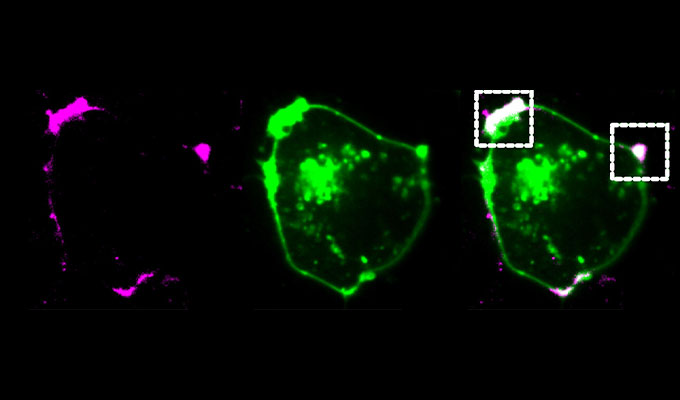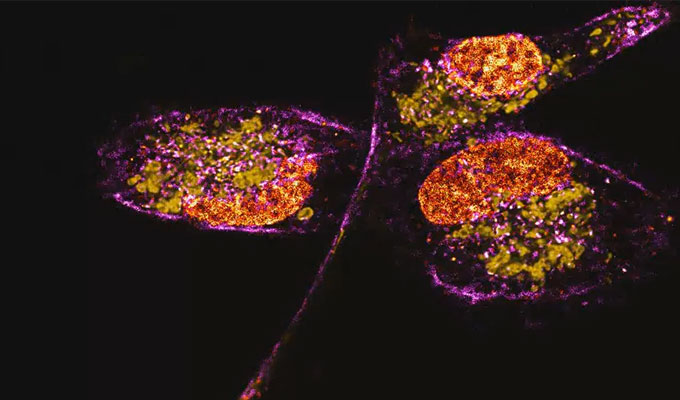Developing glycoproteomics and glycoengineering approaches to investigate protein glycosylation
Speaker: Lorenzo Povolo Moderator: Katarina Madunic
Online live: Apr 11, 2024 12:00 PM EST Posted: May 2, 2024 Views: 5857
Abstract
Protein glycosylation is one of the most abundant and the most complex post-translational modification (PTM) found in a cell. This complexity and diversity of glycan structures impose significant challenges to glycoproteome-wide analyses, that need to be approached with tailored methodologies. Analysis of PTMs at a proteome level is typically based on bottom-up mass spectrometry approaches, where proteins are subjected to protease digestion, separated by reverse-phase nano-liquid chromatography, subjected to ionization and tandem mass spectrometry analysis. In addition to these, glycan enrichment procedures are necessary for sensitive identification of glycopeptides among more abundant, non-glycosylated peptides. Additionally, the use of genome editing approaches allows simplification of complex and diverse glycan structures, allowing in this way their enrichment and mass spectrometric analysis. The rational inactivation and reintroduction of glyco-genes also enables dissection of (human) glycosylation pathways and their functions in cell biology. This Webinar introduces these and possible alternative strategies in the context of glycosylation analysis, as well as their applicability to specific research questions. The talk will refer to some of its applications primarily in the context of O-glycosylation, that enabled the characterization of - among others - O-mannosylation in human cells.
Highlights
- Overview of glycoproteomics strategies
- Focus on genetic engineering, lectin chromatography and mass spectrometry
- Suitable for different input samples-from purified proteins to cell/tissue extracts
- Applications of this workflow to mammalian cells
Speaker

Lorenzo Povolo, Ph.D.
Postdoc, University of Copenhagen
Lorenzo Povolo is a postdoctoral researcher working in View more
Moderator

Katarina Madunic, Ph.D
Postdoc, University of Copenhagen
Katarina Madunic is a postdoctoral researcher with profound interest and passion for glycobiology and glycoanalytics. She obtained her PhD degree a...
View more
Do you have a question about this webinar?
Post your question, and we'll invite the webinar speaker to respond. You're welcome to join the discussion by answering or commenting on questions ( Note: Not all questions, especially those not directly relevant to the webinar topic, may be answered by the speaker. ).
Tips for asking effective questions
+ Description
Write a detailed description. Include all information that will help others answer your question.
15 Q&A
Whatkind of samples can be used in this methodology? Any precautions we might have before including this methodology in our projects?
How glycoproteomics helps in understanding of disease and finding associated marker?
What is the significance of developing glycoproteomics and glycoengineering approaches to investigate protein glycosylation?




